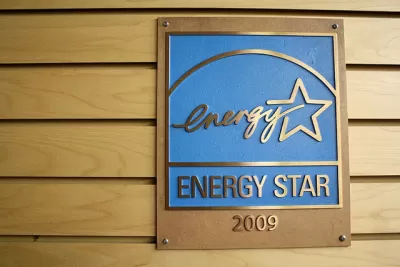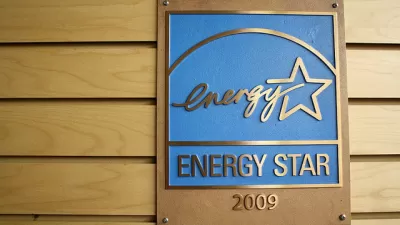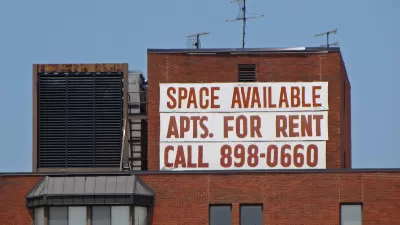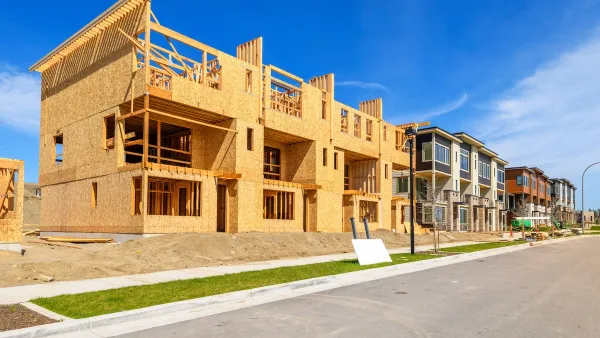According to an analysis by the Energy Efficiency for All coalition, California's Energy Savings Assistance Program could be four times as effective for low-income renters if it were better deployed.

California's Energy Savings Assistance Program has the potential to achieve four times the savings it currently does "if the California Public Utilities Commission (CPUC) approves increased investments, new measures, and innovative program delivery models," Maria Stamas and Jose Torres write.
That's based on a report by the Energy Efficiency for All coalition, which finds that as much as $200 million in utility bill savings are currently going unrealized. Part of the problem may be housing type: "at least one-third of those eligible for California's low-income energy efficiency assistance live in multifamily buildings, yet energy efficiency programs have historically underserved these residents."
At the same time, Stamas and Torres say, lower-income households tend to spend a larger proportion of their income on energy, and often live in older, poorly insulated rental housing with less efficient appliances. They're also likely to live closer to pollution sources like freeways and power plants.
By adopting better program design, funding models, and performance goals (more in the article) over the next 14 years, California's four largest investor-owned utilities could save 934 gigawatt hours of electricity, according to the report.
FULL STORY: Report: $200M in Renters’ Bill Savings Left on the Table

Planetizen Federal Action Tracker
A weekly monitor of how Trump’s orders and actions are impacting planners and planning in America.

Maui's Vacation Rental Debate Turns Ugly
Verbal attacks, misinformation campaigns and fistfights plague a high-stakes debate to convert thousands of vacation rentals into long-term housing.

Cuomo Is the Candidate of Both NIMBYs and Developers. What Gives?
In the New York City mayoral race, odd bedfellows align to preserve the housing status quo.

The Subversive Car-Free Guide to Trump's Great American Road Trip
Car-free ways to access Chicagoland’s best tourist attractions.

San Antonio and Austin are Fusing Into one Massive Megaregion
The region spanning the two central Texas cities is growing fast, posing challenges for local infrastructure and water supplies.

Charlottesville Temporarily Has No Zoning Code
A judge ordered the Virginia city to throw out its newly revised zoning code, leaving permitting for new development in legal limbo.
Urban Design for Planners 1: Software Tools
This six-course series explores essential urban design concepts using open source software and equips planners with the tools they need to participate fully in the urban design process.
Planning for Universal Design
Learn the tools for implementing Universal Design in planning regulations.
Heyer Gruel & Associates PA
JM Goldson LLC
Custer County Colorado
City of Camden Redevelopment Agency
City of Astoria
Transportation Research & Education Center (TREC) at Portland State University
Jefferson Parish Government
Camden Redevelopment Agency
City of Claremont





























